Many times, people will say that they would like an “Implant”. After a further discussion, patients will assume that  saying that will allow them to start chewing on that “implant” when the procedure is complete. That’s not the case.
saying that will allow them to start chewing on that “implant” when the procedure is complete. That’s not the case.
Several steps must take place to achieve acceptable results with the placement of a dental implant. When we speak of an implant procedure, there are three basic items to consider. I like to compare these basic items to the following: root, tooth, and crown.
The first comparison or analogy to make is that of a natural tooth. Many times, I will state that we are going to “build” a new tooth where we are missing a tooth.
First, we need to have a foundation or “root” to start with, similar to the base or root of a natural tooth. I compare the implant to the root of a tooth. So when it is placed in the bone, one has the “root” similar to that of a natural tooth root. One can’t see the root of their natural tooth, and therefore, a patient can’t visualize the implant either when in place within the socket of bone. So if we now have a root, we need a “tooth” to go above the gumline on the implant (root).
The “tooth” would be called an abutment. An abutment is a prosthetic attachment that is placed immediately on the top of the implant and will be seen within the mouth, much like a natural tooth. That will be the second of the three parts needed to complete the entire procedure.
The third and final part is that of the crown that goes on the abutment or “tooth”. The crown or cap on an implant is very similar to a crown that is attached to a natural tooth. The crown on an implant can be secured with a screw into the abutment or cemented.
So, in summary, we have three items to consider when discussing an “implant” procedure within the mouth. First is the “root”, second is the “tooth/abutment”, and the third is the crown or cap.
Usually, a surgeon will place the implant, and a general dentist will place the abutment and crown. Although a single dentist may complete the entire procedure. So remember when we speak of an implant, that one considers all three portions and not just the “root” or implant that is placed into the bone of the patient.
Contact our office for more information.
Dallas Dental Office News Update, By Dallas, Texas Dentist, William H. Miller
Woodhill Medical Park, 8305 Walnut Hill Lane, Suite 235, Dallas, Texas, 75231
Phone: (214) 692-1050
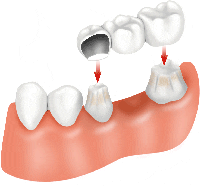
 We’ve found ourselves wondering lately: Before our modern Texas dentists’ offices, what was dentistry in Texas like during the days of the Wild West?
We’ve found ourselves wondering lately: Before our modern Texas dentists’ offices, what was dentistry in Texas like during the days of the Wild West?
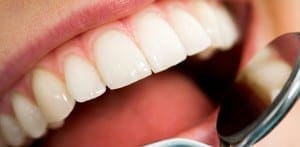 very important for chewing and appearance. Usually, an examination including X-rays may be completed at the same appointment. It is important to have a complete dental examination by a dentist to check for any problems, along with a dental cleaning. X-rays may also be taken so that the dentist may be able to check out and diagnose any underlying problems accurately.
very important for chewing and appearance. Usually, an examination including X-rays may be completed at the same appointment. It is important to have a complete dental examination by a dentist to check for any problems, along with a dental cleaning. X-rays may also be taken so that the dentist may be able to check out and diagnose any underlying problems accurately.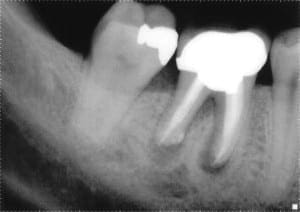 infected tooth. When a tooth is extracted and removed from the mouth, typically the tooth-related problem has been solved. Extractions many times can often be avoided altogether. A dental exam by a dentist must be completed first to establish a diagnosis. There may be other options available, such as a
infected tooth. When a tooth is extracted and removed from the mouth, typically the tooth-related problem has been solved. Extractions many times can often be avoided altogether. A dental exam by a dentist must be completed first to establish a diagnosis. There may be other options available, such as a 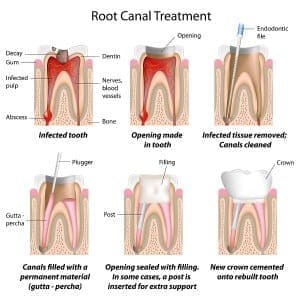 extraction. Many times, a tooth may be saved by completing a root canal procedure. Front and back teeth may have canals. Baby teeth may have a variation of a procedure completed as well. Although adult teeth typically will have most endodontic or root canal procedures completed.
extraction. Many times, a tooth may be saved by completing a root canal procedure. Front and back teeth may have canals. Baby teeth may have a variation of a procedure completed as well. Although adult teeth typically will have most endodontic or root canal procedures completed.

 upper and lower dentures. Dentures may have the “look” of natural teeth, but they don’t function the same as one’s natural teeth.
upper and lower dentures. Dentures may have the “look” of natural teeth, but they don’t function the same as one’s natural teeth. missing anterior or posterior teeth. Today, dental implants are the first choice when discussing tooth replacement. By using implants, the adjacent teeth on either side of the space are not affected. “If it’s not broke, don’t fix it” applies very well in this situation. When using a bridge, typically the adjacent teeth must be “cut” or prepared so that they may be used as abutments or “anchor” teeth for the missing tooth. Many times, the adjacent teeth may be totally healthy and therefore no dental reason why they would be included in the facilitation of making the bridge.
missing anterior or posterior teeth. Today, dental implants are the first choice when discussing tooth replacement. By using implants, the adjacent teeth on either side of the space are not affected. “If it’s not broke, don’t fix it” applies very well in this situation. When using a bridge, typically the adjacent teeth must be “cut” or prepared so that they may be used as abutments or “anchor” teeth for the missing tooth. Many times, the adjacent teeth may be totally healthy and therefore no dental reason why they would be included in the facilitation of making the bridge.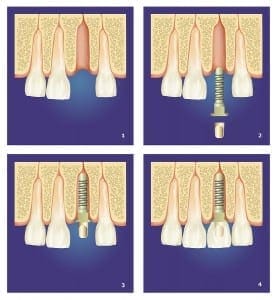 saying that will allow them to start chewing on that “implant” when the procedure is complete. That’s not the case.
saying that will allow them to start chewing on that “implant” when the procedure is complete. That’s not the case.